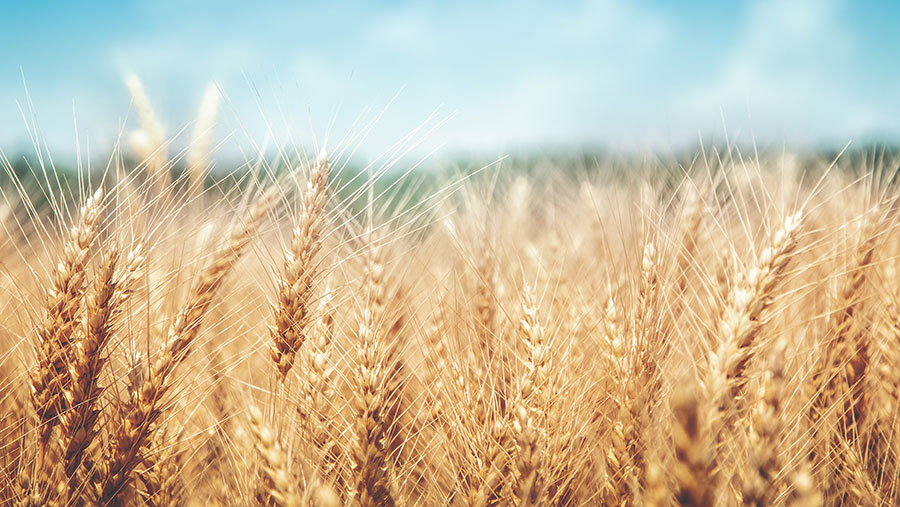Transition Farmer update: Risk preoccupies Kit Speakman
 © Phillip Steury/Adobe Stock
© Phillip Steury/Adobe Stock Future-proofing his Essex farm business against the threats of commodity price downturns, input price increases and unpredictable weather events is occupying Transition Farmer Kit Speakman’s mind, in case all three conspire against him.
Given the conflict in Ukraine and increasing fuel and input prices, Mr Speakman is looking at a very uncertain 2023 harvest season, and he is considering all his options.
Despite slight falls in fertiliser prices recently, he is still facing a significant uplift and is concerned about fluctuating commodity markets and the risk they pose.
See also: Tips to keep farms profitable in face of rising inputs
Considering options
The combination of higher-than-usual fertiliser prices, uncertainty surrounding milling wheat premiums, and the risk of not meeting milling specification means he has been forced to consider whether growing wheat next year is a viable option.
“We are farming on very dry, light, predominantly Grade 3 land,” he says. “We’re not in a position to grow 10t/ha crops, despite making great strides in boosting soil organic matter content over the past 20 years.”
He is fortunate in having the option to be able to irrigate his wheat – something he has done this year. “However, we can reduce our nitrogen costs by growing barley instead and that would fit well with our beef enterprise.”
Mr Speakman continues to closely monitor seed, fertiliser and grain prices and admits he will make a last-minute decision about harvest 2023 cropping, so that he can use as much foresight as possible.
“We are seeking diversified income streams that allow us to improve the land, without being reliant on yield and commodity prices,” he adds.
New technology
For this reason, he is involved in a biodiversity net gain test site and is also trialling new farm carbon calculator technology to establish whether the farm is able to become net zero by the NFU’s 2040 target.
Countryside Stewardship options, already in place, are providing some financial return on areas of the farm that were given over to biodiversity in a previous Higher-Level Stewardship agreement.
